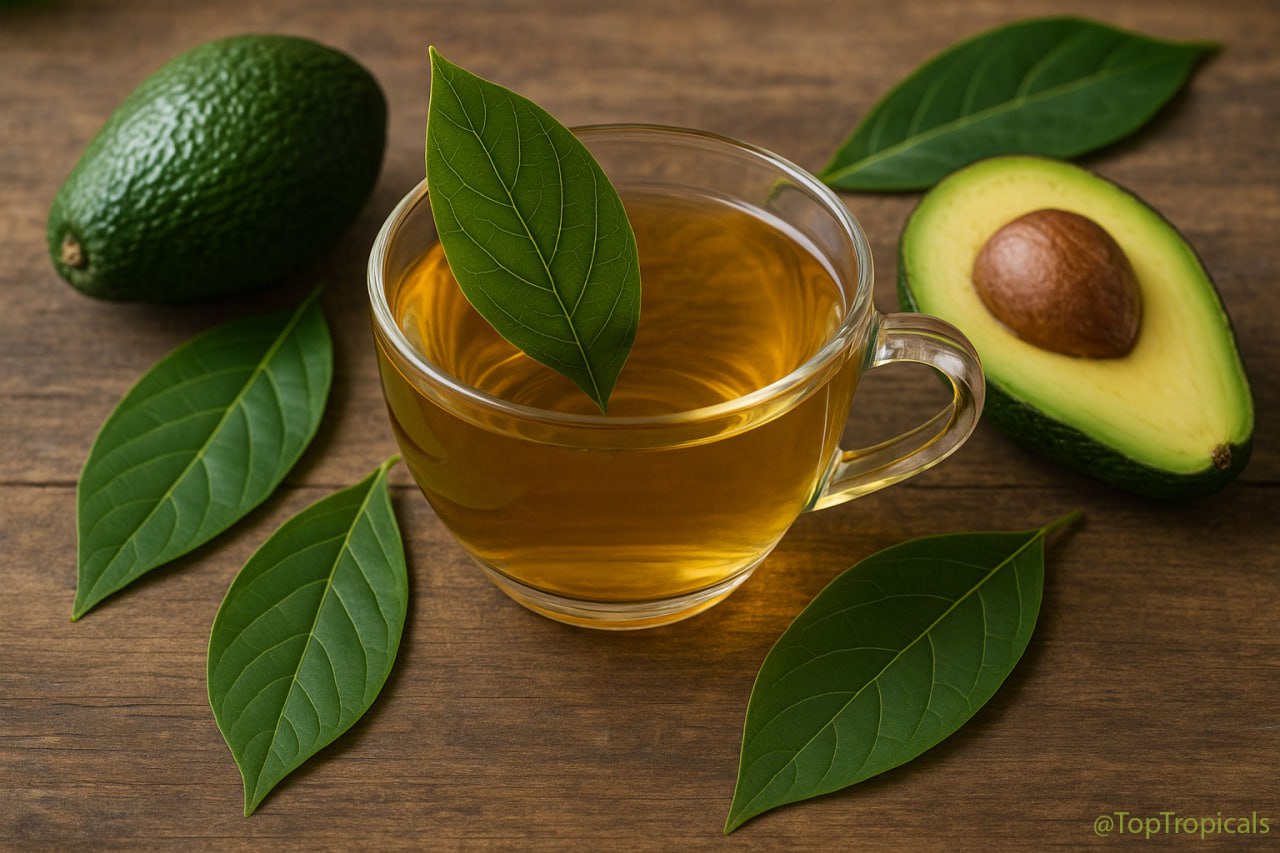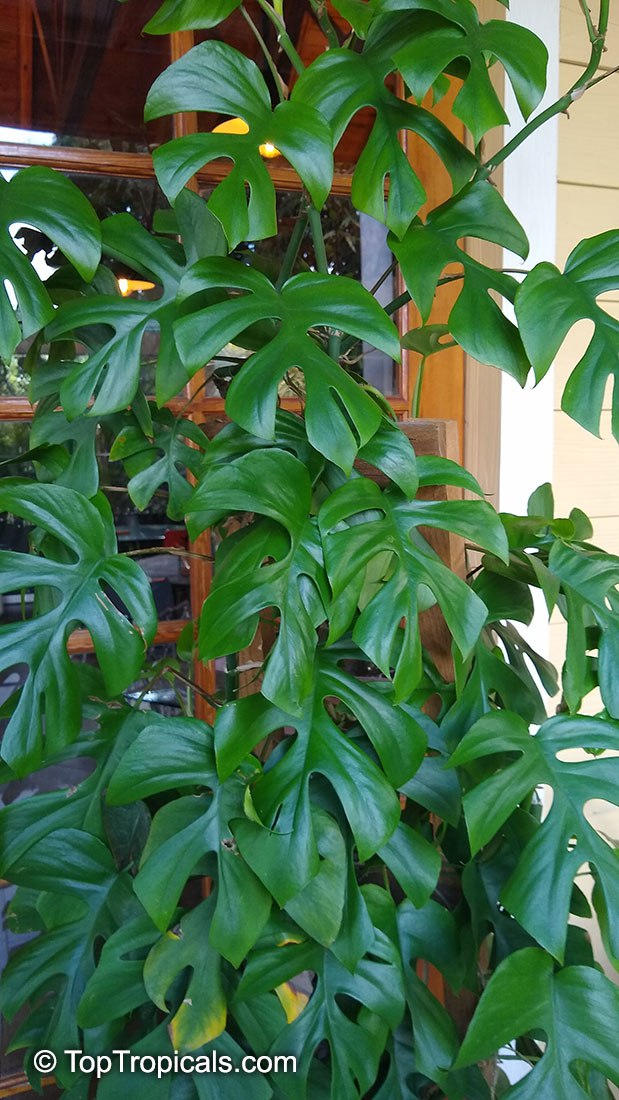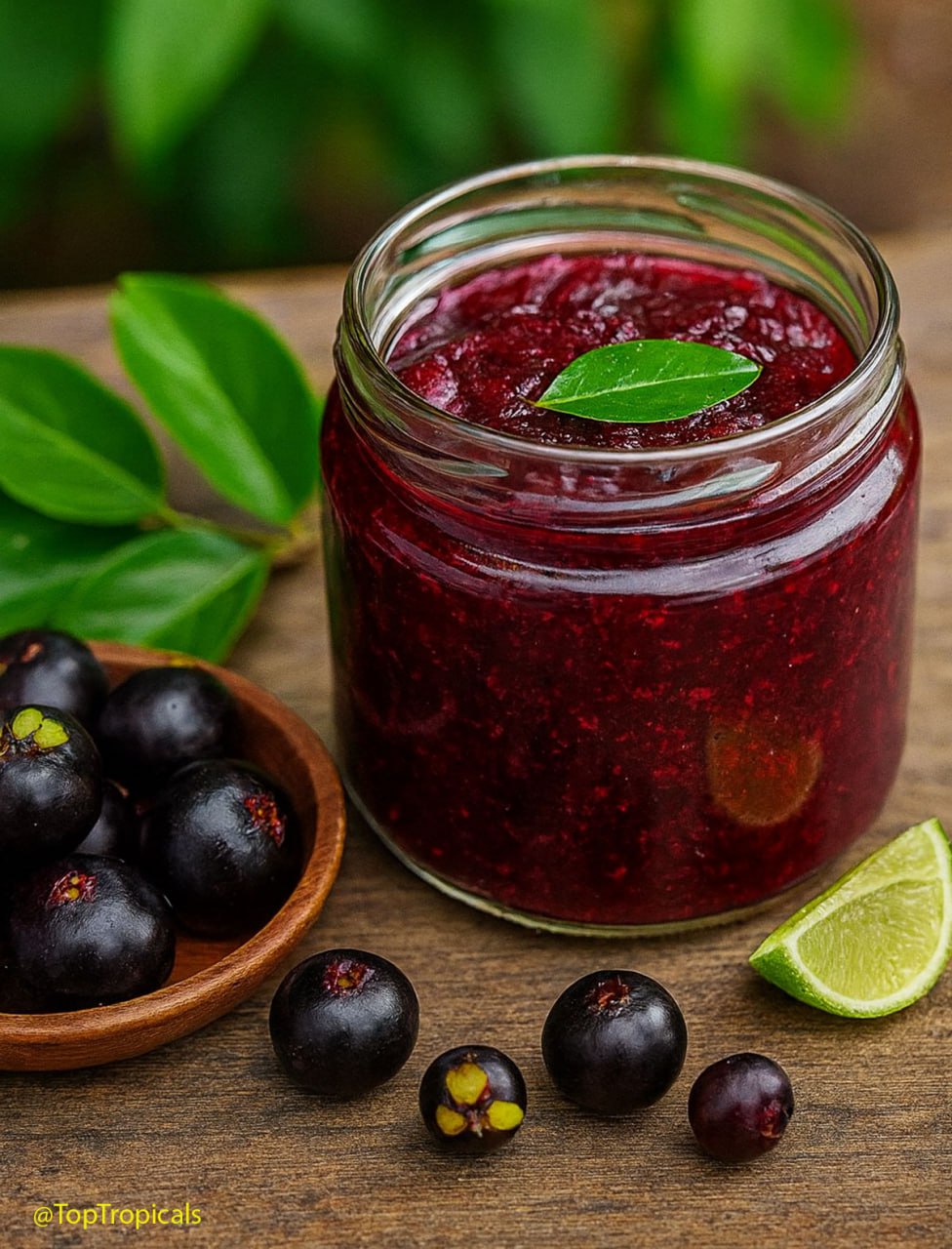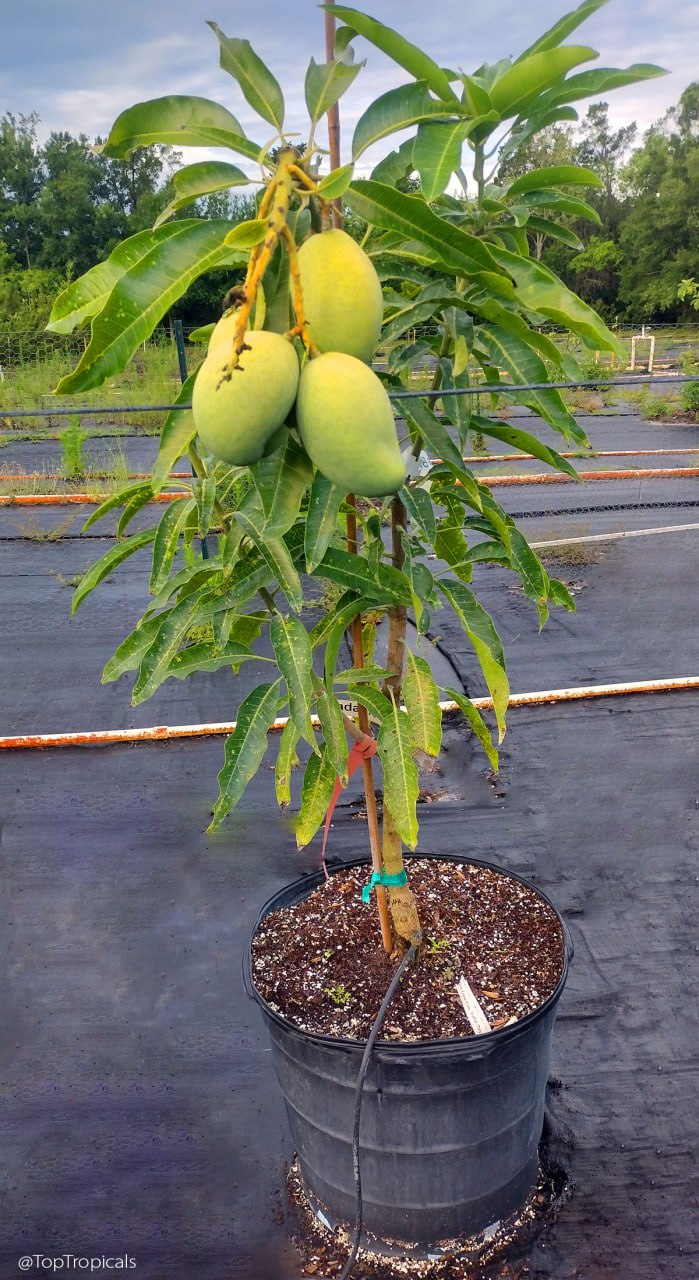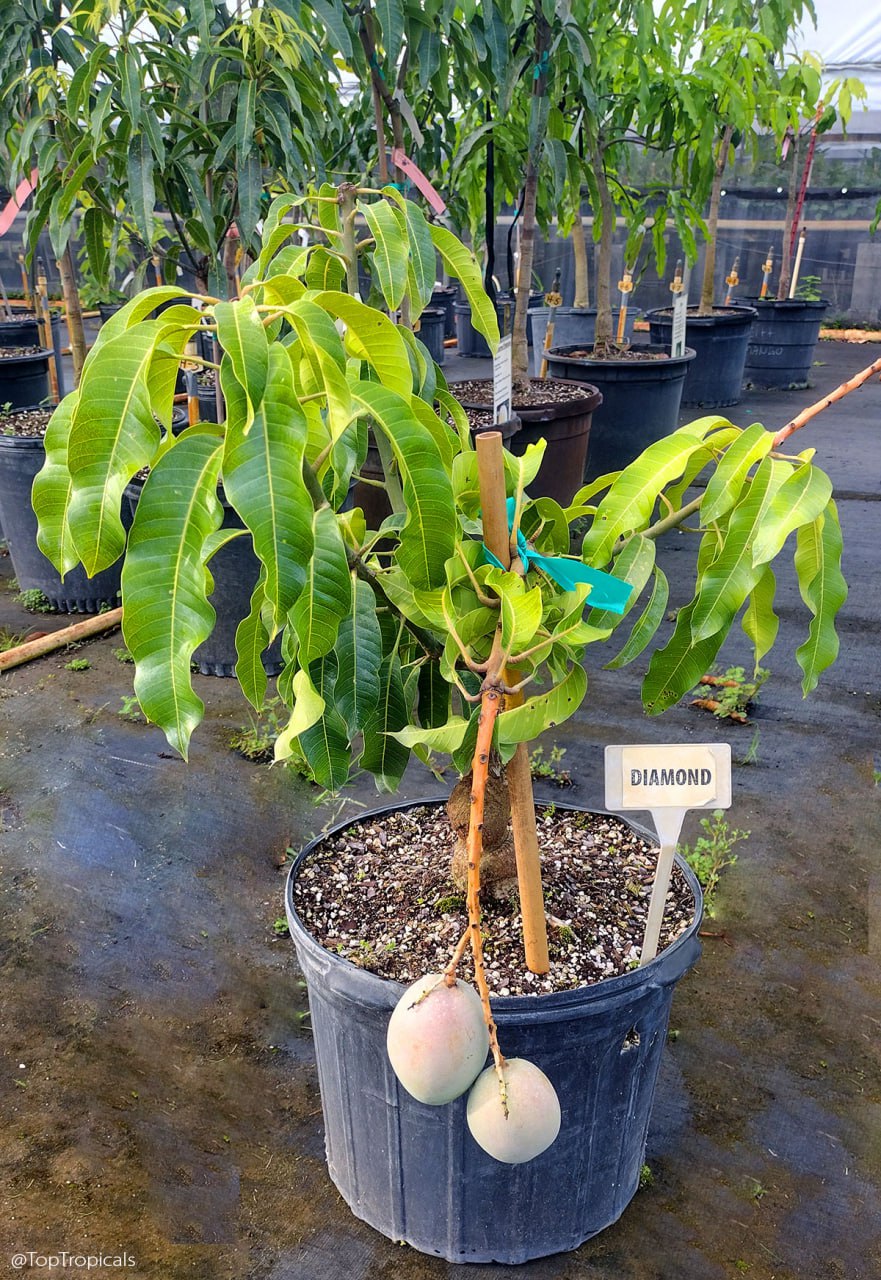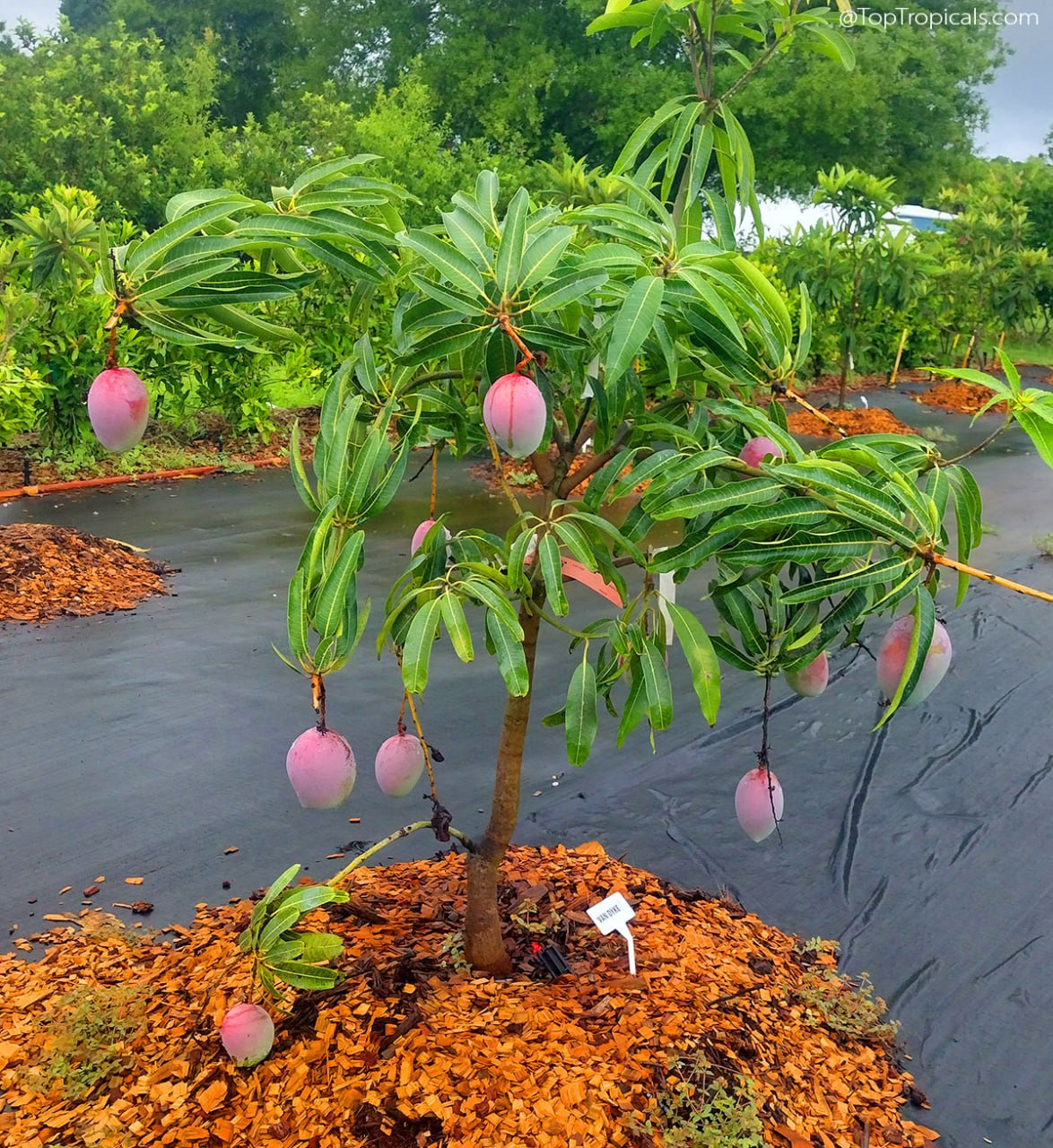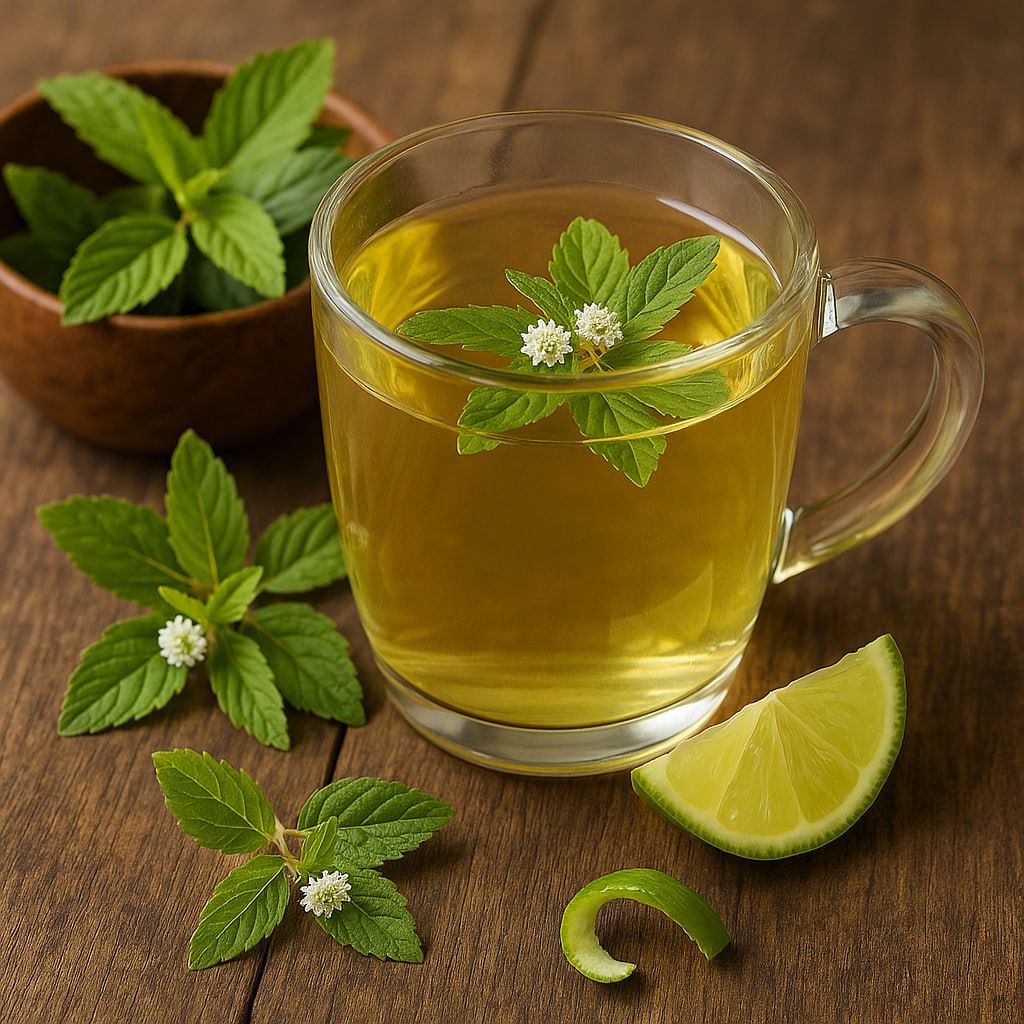Garden Blog - Top Tropicals
Avocado leaf tea: island secret for a calm heart and blood pressure
Avocado leaf tea: island secret for a calm heart and blood pressure
🛒 Plant an Avocado tree and help your body stay healthy
📚 Learn more:
Tropical fruit and plants that help keep blood pressure in balance, Part 1, and Part 2.
#Food_Forest #Remedies #Discover #How_to
🟢 Join 👉 TopTropicals
🍃 You see that Avocado tree in your yard? Don't just love it for the fruit - the leaves carry magic too! Old folks in the tropics will tell you - never throw away the avocado leaves. They’ve been used for generations to brew a tea that helps steady the heart and ease high blood pressure.
🍃 When life gets busy and your heart starts beating too fast, this tea helps it find its rhythm again. The leaf holds flavonoids and quercetin - fancy words for what nature been doing all along: keeping the blood flowing smooth and the body at peace. Folks say it also helps with digestion and keeps the liver happy.
🍃 Avocado leaf tea
Ingredients
- 3 to 4 fresh avocado leaves
- 2 cups water
- Optional: honey, lemon, or cinnamon stick
Instructions
- Rinse the avocado leaves well.
- Place them in a small pot with 2 cups of water.
- Bring to a gentle simmer and let it cook for about 10 minutes.
- Strain the tea and add honey, lemon, or cinnamon if desired.
- Sip slowly and enjoy the calm, earthy flavor.
- 🍃 They say it helps the belly, calms the mind, and keeps the liver strong. Maybe that’s science, maybe it’s just island truth - but it surely does the body good! Some call it bush medicine, others just call it good sense. Either way, it’s a simple garden remedy that’s been soothing hearts long before pills and prescriptions came around.
🛒 Plant an Avocado tree and help your body stay healthy
📚 Learn more:
Tropical fruit and plants that help keep blood pressure in balance, Part 1, and Part 2.
#Food_Forest #Remedies #Discover #How_to
🟢 Join 👉 TopTropicals
Stop watering your Monstera on a schedule - here is what it really wants!
💦Stop watering your Monstera on a schedule - here is what it really wants!
📸 In the photo: Rhaphidophora tetrasperma - Mini Monstera, Dwarf Monstera Ginny, a rare collectible for plant enthusiasts.
🛒 Shop Monstera plants
📚 Learn more:
#Food_Forest #Container_Garden #Shade_Garden #How_to
🟢 Join 👉 TopTropicals
☘️ Monstera might look like a big diva, but it's actually one of the easiest houseplants to keep happy, according to the gardening experts from Southern Living.
☘️ The trick is not sticking to a strict watering schedule, but checking the soil. Water only when the top couple inches feel dry - usually every week or two in warm months and less in winter. Give it a good soak until water drains out the bottom, then let it dry again.
☘️ Too much water is worse than too little – soggy soil means root rot. Signs of overwatering include yellow or droopy leaves, dark spots, or gnats buzzing around. Underwatering looks similar, but the soil will be bone dry. When in doubt, check the dirt!
☘️ You can water from the top or let the pot sit in a shallow tray to soak from the bottom – just don’t let it sit in water. Bright, indirect light and a well-draining pot are your best friends. Keep that balance, and your Monstera will thrive for decades.
📸 In the photo: Rhaphidophora tetrasperma - Mini Monstera, Dwarf Monstera Ginny, a rare collectible for plant enthusiasts.
🛒 Shop Monstera plants
📚 Learn more:
- • Fruit growing on a house plant!
- • How to harvest and eat Monstera Ice Cream
- • How mini is Mini Monstera?
- • Holy Swiss Cheese Plant
- • Monstera x adansonii - Baby Swiss Cheese Plant
#Food_Forest #Container_Garden #Shade_Garden #How_to
🟢 Join 👉 TopTropicals
Grumichama jam: quick-n-fun exotic recipes
🍴 Grumichama jam: quick-n-fun exotic recipes
🛒 Plant Grumichama tree (Eugenia brasiliensis)
📚 Learn more:
#Food_Forest #Recipes
🟢 Join 👉 TopTropicals
🔴Cook Grumichama cherries with sugar and lime juice.- 🔴A deep red jam with a cherry-meets-blackberry flavor.
Grumichama Jam: Quick-n-Fun Exotic Recipes
Ingredients
- 2 cups fresh Grumichama cherries (Eugenia brasiliensis)
- 1 cup sugar
- 1 tbsp lime juice
Instructions
- Remove seeds from Grumichama cherries.
- Place fruit in a saucepan with sugar and lime juice.
- Simmer over low heat until thick and glossy, stirring often.
- Pour into sterilized jars and let cool before sealing.
🛒 Plant Grumichama tree (Eugenia brasiliensis)
📚 Learn more:
- ▫️The best tasting and most beautiful tropical cherry
- ▫️Why grow Grumichama? Benefits of Brazilian Eugenia Tree - Cherry of the Tropics
#Food_Forest #Recipes
🟢 Join 👉 TopTropicals
Yes, you can grow a tropical fruit tree in a pot!
Yes, you can grow a tropical fruit tree in a pot!
If you live where winters get chilly, move the pot indoors or into a greenhouse before frost. Prune lightly in spring to keep shape and airflow. Container trees can fruit heavily if given light, warmth, and consistent care.
At the end of the day, container culture lets you grow the tropics anywhere - from a city balcony to a backyard deck.
➡ Next: The best tropical fruit trees for containers...
📸 Growing and fruiting Soursop in apartment (PDF download)
🛒 Explore tropical fruit trees
#Food_Forest #How_to #Discover
🟢 Join 👉 TopTropicals
🍒 If you dream of picking fresh tropical fruit - Mango, Avocado, exotiс Annona and more - but only have a patio, balcony, or small yard, you’re not out of luck. Many tropical fruit trees grow perfectly well in large containers. The key is choosing the right variety, pot, and care routine.
🍒 Pick a compact tree type
🍒 Choose the right pot
🍒 Soil and watering
🍒 Light and feeding
🍒 Cold protection and pruning
Start with a dwarf or semi-dwarf variety. Regular tropical trees can grow huge, but container-sized cultivars stay under 8–10 feet and are much easier to manage. For example, Condo varieties of Mango like Pickering or Ice Cream stay small and still produce full-sized fruit. The same goes for Dwarf Avocados like Wurtz (also called Little Cado) and Sugar apples. Blackberry Jam fruit tree (Randia formosa) and Peanut Butter Fruit tree (Bunchosia argentea) are also excellent choices.
Begin with a 5-gallon container and move up as the tree grows. A mature plant will be happy in a 20–25-gallon pot. Drainage is critical - roots will rot if the pot stays soggy. Use a sturdy plastic, ceramic, or wooden container with multiple holes in the bottom.
These trees all like loose, well-draining soil. Mix potting soil with perlite or pine bark for better aeration. Water deeply but not too often - let the top few inches dry before watering again. Overwatering is the quickest way to kill a potted tropical.
Full sun is a must - aim for at least 6 hours daily. Fertilize during the growing season with a balanced fruit tree or slow-release fertilizer like Green Magic or liquid Sunshine Boosters. Many tropicals appreciate an extra boost of micronutrients like iron and magnesium to keep their leaves green.
If you live where winters get chilly, move the pot indoors or into a greenhouse before frost. Prune lightly in spring to keep shape and airflow. Container trees can fruit heavily if given light, warmth, and consistent care.
At the end of the day, container culture lets you grow the tropics anywhere - from a city balcony to a backyard deck.
➡ Next: The best tropical fruit trees for containers...
📸 Growing and fruiting Soursop in apartment (PDF download)
🛒 Explore tropical fruit trees
#Food_Forest #How_to #Discover
🟢 Join 👉 TopTropicals
How long does it take for a mango tree to bear fruit?
How long does it take for a mango tree to bear fruit?
📸 In the photos: the trees in 7 gal pots are 2 years from grafting, and the trees in the ground are 1 year from the time of planting and 3 years from grafting.
🛒 Shop Mango varieties
📚 Learn more about #Mango and different varieties: #Mango_Rainbow
#Food_Forest #Mango
🟢 Join 👉 TopTropicals
A Mango tree (Mangifera indica) grown from seed can take anywhere from 7 to 10 years to start fruiting, depending on conditions. Doesn’t sound too exciting, ah? Besides such a long wait, you never know how good the fruit will be – most likely it'll taste fibrous and not very sweet. Unless your cross-pollination was perfectly set between some top-notch parent cultivars, it's a gamble. Seedling results are always hit or miss.
That's why you need a grafted tree – it fruits soon (in the ground or in a large container) and guarantees the quality of the fruit. There are hundreds of cultivated varieties to choose from: juicy, sweet, and flavorful. Some taste like pina colada, pineapple, or lemon meringue pie, others like peach sherbet or even guava! The mango flavor spectrum is broader than that of apples!
So, you’ve got yourself a nice mango tree in a container and can’t wait for your first harvest. How soon?
By the second year, you can let your tree keep a bit more fruit. Young trees usually know their limits and will naturally drop any extra fruit they can’t support. Within 2–3 years, you’ll be harvesting good crops – enough to enjoy yourself and share with friends!
Remember, a strong, healthy tree produces sooner and more. Feed it with Sunshine Mango Tango liquid booster or Green Magic controlled-release fertilizer, and protect it from frost, especially while young. Once established, your mango will reward you with reliable, abundant harvests year after year.
Mango trees start flowering from early winter (early cultivars like Nam Doc Mai) to early spring (late cultivars like Keitt). One little tree can produce hundreds, even thousands of tiny flowers, but not all will set fruit. The younger the tree, the fewer fruits it can hold. Expect just a few the first year. Even if your mango sets a lot, don’t keep them all - let the young tree focus on establishing roots and strong growth. Leave 1-2 fruits and remove the rest. Your tree will thank you and grow fast and sturdy.
📸 In the photos: the trees in 7 gal pots are 2 years from grafting, and the trees in the ground are 1 year from the time of planting and 3 years from grafting.
🛒 Shop Mango varieties
📚 Learn more about #Mango and different varieties: #Mango_Rainbow
#Food_Forest #Mango
🟢 Join 👉 TopTropicals
Sweetleaf tea: quick-n-fun exotic recipes
🍴 Sweetleaf tea: quick-n-fun exotic recipes
🛒 Add sugar-free Mexican Sweetleaf (Lippia dulcis) to your herb garden
#Food_Forest #Recipes
🟢 Join 👉 TopTropicals
- 🟢Delicious Sweetleaf tea can be made with Mexican Aztec sweet herb (Lippia dulcis).
- 🟢Steep Aztec sweet herb leaves in hot water with lime peel.
- 🟢Naturally sweet, no sugar needed!
- Fresh or dried Aztec sweet herb (Lippia dulcis) leaves
- Hot water
- Lime peel or a slice of lime
- Bring water to a boil and pour over Lippia dulcis leaves.
- Add lime peel or a slice of lime.
- Let steep for 5–10 minutes.
- Enjoy this naturally sweet tea—no sugar needed!
Sweetleaf tea: quick-n-fun
Ingredients
Instructions
🛒 Add sugar-free Mexican Sweetleaf (Lippia dulcis) to your herb garden
#Food_Forest #Recipes
🟢 Join 👉 TopTropicals
What fruit contains an enzyme that is used as a meet tenderizer?
Papaya - Carica papaya
🍊What fruit contains an enzyme that is used as a meet tenderizer?
📚 Learn more:
🛒 Grow your own meat tenderizer - Papaya
#Food_Forest #Papaya
🟢 Join 👉 TopTropicals
- ✔️ Papaya (Carica papaya) is more than just a tropical treat - it's a natural digestive aid packed with powerful enzymes. The most famous one, papain, is so effective at breaking down proteins that it's actually used as a meat tenderizer! That same enzyme helps your body digest food more efficiently, easing bloating and supporting gut health.
- ✔️ Beyond its digestive superpowers, papaya is rich in vitamins A and C, making it a strong ally for your immune system and skin. It’s a fast-growing, space-saving tree that starts producing fruit within a year, and dwarf varieties can fit even in small gardens or containers.
- ✔️ For home gardeners, dwarf papayas are quickly becoming favorites. These compact varieties grow beautifully in containers, making them perfect for patios, greenhouses, or small yards. Even in cooler climates, they can thrive with a bit of protection. This season’s top picks are TR Hovey, Lady Red, and Wang Deng.
- ✔️ Papayas are endlessly versatile in the kitchen - enjoy them fresh as a dessert, blended into smoothies, tossed into salads, or even used in cooking.
- ✔️ Fun fact: the fruit and even the leaves can be used to tenderize meat naturally. Sweet fruit, strong plant, easy to grow - papaya really does it all!
📚 Learn more:
- 🟡more about #Papaya
- 🟡 Why your gut is begging for papaya
- 🟡 How to grow tons of fruit in limited space - it's incredible!
- 🟡 Carefree Garden: practical Guide to Growing Papaya.
🛒 Grow your own meat tenderizer - Papaya
#Food_Forest #Papaya
🟢 Join 👉 TopTropicals
Surinam cherry salsa: quick-n-fun exotic recipes
🍴 Surinam cherry salsa: quick-n-fun exotic recipes
Sweet, tart, and perfect for grilled fish 🐟
🛒Plant Surinam Cherry: Red and Black (Lolita)
#Food_Forest #Recipes
🟢 Join 👉 TopTropicals
- 🔴Dice Surinam cherries (Eugenia uniflora) with red onion, cilantro, and lime 🍒🔴
Sweet, tart, and perfect for grilled fish 🐟
Surinam Cherry Salsa:
Ingredients
- 1 cup diced Surinam cherries (Eugenia uniflora)
- 1/4 cup chopped red onion
- 2 tbsp chopped cilantro
- Juice of 1 lime
- Salt to taste
Instructions
- Remove seeds and dice Surinam cherries.
- Mix with onion, cilantro, and lime juice.
- Add salt to taste and stir gently.
- Serve chilled with grilled fish or chips.
🛒Plant Surinam Cherry: Red and Black (Lolita)
#Food_Forest #Recipes
🟢 Join 👉 TopTropicals
King of Fruits that makes you healthy and happy
🍍King of Fruits that makes you healthy and happy
🍍 Everybody loves the Pineapple, but not everyone knows that this exotic fruit actually grows on a plant, Ananas comosus, a member of the Bromeliad family. Growing pineapple is easier than you may think, and sure to grab attention.
Pineapple can make you healthier.... and happy! Watch the video:
📱
🛒 Explore Pineapple varieties
#Food_Forest
🟢 Join 👉 TopTropicals
🍍 Everybody loves the Pineapple, but not everyone knows that this exotic fruit actually grows on a plant, Ananas comosus, a member of the Bromeliad family. Growing pineapple is easier than you may think, and sure to grab attention.
Pineapple can make you healthier.... and happy! Watch the video:
📱
🛒 Explore Pineapple varieties
#Food_Forest
🟢 Join 👉 TopTropicals
Blue butterfly pea lemonade: quick-n-fun exotic recipes
🍴 Blue butterfly pea lemonade: quick-n-fun exotic recipes
🛒Plant Clitoria vine for blue and purple exotic drinks
#Food_Forest #Recipes
🟢 Join 👉 TopTropicals
- 🔵Blue butterfly pea flowers (Clitoria ternatea) make an excellent lemonade!
- 🔵Brew the flowers into a blue tea, add a bit of lemon juice.
- 🔵Watch the color turn purple like magic!
Blue butterfly pea lemonade
Ingredients
- 🔵 A handful of blue butterfly pea flowers (Clitoria ternatea)
- 🔵 Hot water for brewing
- 🔵 Fresh lemon juice
- 🔵 Ice cubes and lemon slices for serving
Instructions
- 🔵 Steep blue butterfly pea flowers in hot water to make deep blue tea.
- 🔵 Cool and add a splash of lemon juice — watch the color turn purple like magic!
- 🔵 Pour over ice and garnish with lemon slices.
🛒Plant Clitoria vine for blue and purple exotic drinks
#Food_Forest #Recipes
🟢 Join 👉 TopTropicals

